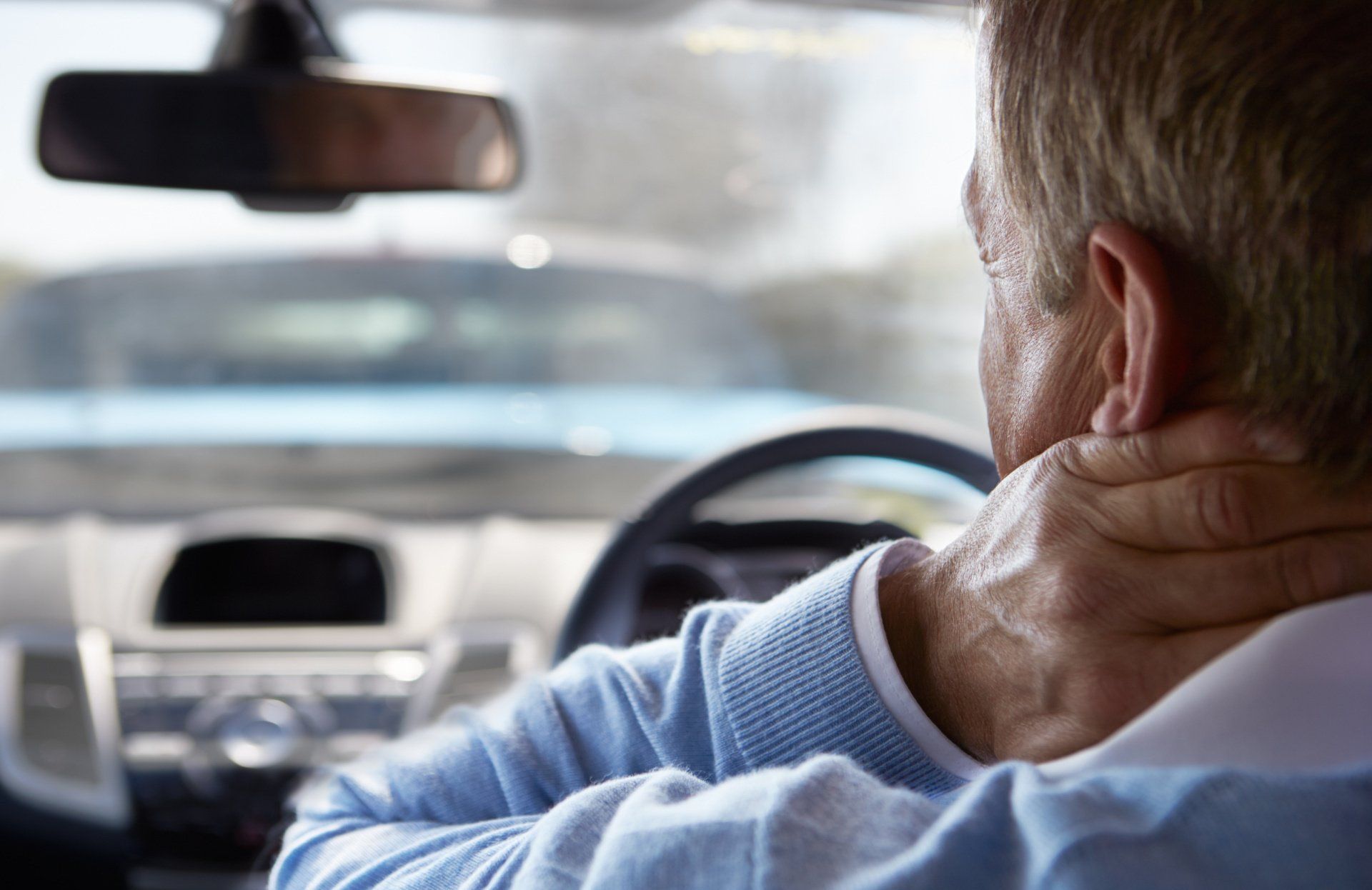There’s a serious issue with how often we drive. The problem is that making driving so normal and routine also makes it feel more like a habit than an active event. The first time you got behind the wheel, you were likely very conscious of every little decision you made. But after you’ve been driving for ten years? You do most of that on autopilot.
How habit and routine can lead to danger
Researchers call this subconscious driving. And it can absolutely lead to car accidents. One problem is that drivers may not adjust to the real-world conditions around them. It gets foggy, for instance, and they just keep the cruise control on because that’s what they always do. The roads get wet and they don’t slow down, driving just as they would on dry roads and risking losing control.
Driving is an activity that people really need to be engaged with every step of the way. They need to pay attention, drive defensively, adjust for conditions and do what they can to reduce the odds of a crash. Subconscious driving doesn’t do any of that, and it puts everyone at risk.
There’s also the chance that it can turn into distracted driving as a person’s mind wanders. They may start thinking about the workday ahead, their plans for the weekend, or the conversations they need to have with friends or family members. When these thoughts take over, reaction times drop significantly.
Have you been injured?
If a driver who was essentially on mental autopilot runs into your car and injures you, be sure you know how to seek financial compensation.



